Combat corrosion with graphene-based coatings
Graphene’s potential in corrosion protection coatings is significant, as it offers a mix of characteristics that can significantly enhance the lifespan of metals in many different applications. Corrosion is usually caused by oxygen and electricity causing degradation of surfaces trough chemical reactions.
While pristine graphene is not yet available for industrial scale production, reduced Graphene Oxide (rGO) shares many of graphene's desirable properties, such as mechanical strength, high surface area and electrical conductivity. Reduced graphene oxide (rGO) is therefore a viable substitute to pristine graphene in corrosion protection coatings. In some cases Graphene Oxide may be a better alternative as explained in the following.
Corrosion remains one of the most significant challenges across various industries, from infrastructure to electronics.
Reduced Graphene Oxide’s barrier properties
rGO's impermeability makes it an exceptional barrier in coatings. It can effectively prevent water, ions, and other corrosive agents from reaching the metal surface. By blocking these substances, rGO stops the primary agents that cause oxidation and deterioration of the metal.
Flexibility and strength
rGO is incredibly strong yet remarkably flexible due to its network of carbon-carbon bonds. When applied as a coating, it can endure mechanical stress, bending, and flexing without breaking. This resilience ensures that the protective layer remains intact, safeguarding the metal beneath from the external environment.
Thermal conductivity
rGO’s excellent thermal conductivity can dissipate heat effectively. This property is particularly beneficial in environments where temperature fluctuations occur, preventing thermal stress and related corrosion forms. Graphene can also act as a fire-retardant, further protecting the coated surfaces from highly reactive radicales formed during combustion reactions.
Electrical conductivity
A notable property of graphene is its high electrical conductivity. This characteristic can stabilize the electrochemical surface of the metal, preventing the electron exchange that facilitates oxidation. However, there's a subtle challenge: the conductivity can sometimes lead to the accumulation of static electricity. If not managed, this might pose risks at any imperfections in the graphene layer due to micro-galvanic corrosion. Yet, with advancements in application techniques and integration with complementary technologies, like anodes, this challenge can be effectively addressed.
Mitigating static electricity with Graphene Oxide
To mitigate the challenges with accumulation of static electricity, Graphene Oxide (GO) can be considered as an alternative to rGO. Choosing between GO and rGO largely depends on the specific application at hand when it comes to corrosion inhibition.
Benefits of using GO:
Non-conductive nature: As GO is an electrical insulator, it avoids complications related to conductivity that might arise with graphene.
Functionalization: The oxygen groups present in GO allow for a variety of chemical modifications, making it possible to tailor its properties to meet specific requirements.
Barrier effectiveness: Like graphene, GO acts as an excellent barrier against corrosive agents, providing robust protection to metals. The individual GO sheets align and overlap, forming a tightly packed laminate structure that blocks the passage of harmful ions responsible for metal deterioration.
Potential challenges of using GO:
Less mechanical strength: GO, due to the introduction of oxygen functionalities, may not have the same mechanical strength as reduced graphene oxide.
Reduced thermal conductivity: The thermal conductivity of GO is lower than that of graphene, which might be a consideration if thermal properties are crucial for an application.
Potential for residual oxidants: The process of producing GO can sometimes leave residual chemicals or oxidants, which may need to be carefully managed or removed to ensure they don't interfere with certain applications. LayerOne’s proprietary production process minimize residuals and provide Graphene Oxide and reduced Graphene Oxide products with high quality and that are safe to use.
While both materials have their unique sets of advantages, the choice between graphene and graphene oxide will depend on the specific requirements of the task and the desired outcomes.
Both GO and rGO can be easily combined with common polymers to create a reinforced coating, while the addition of solvents can enhance dispersion. Collaborate with LayerOne's R&D team to find a solution for your specific needs.

